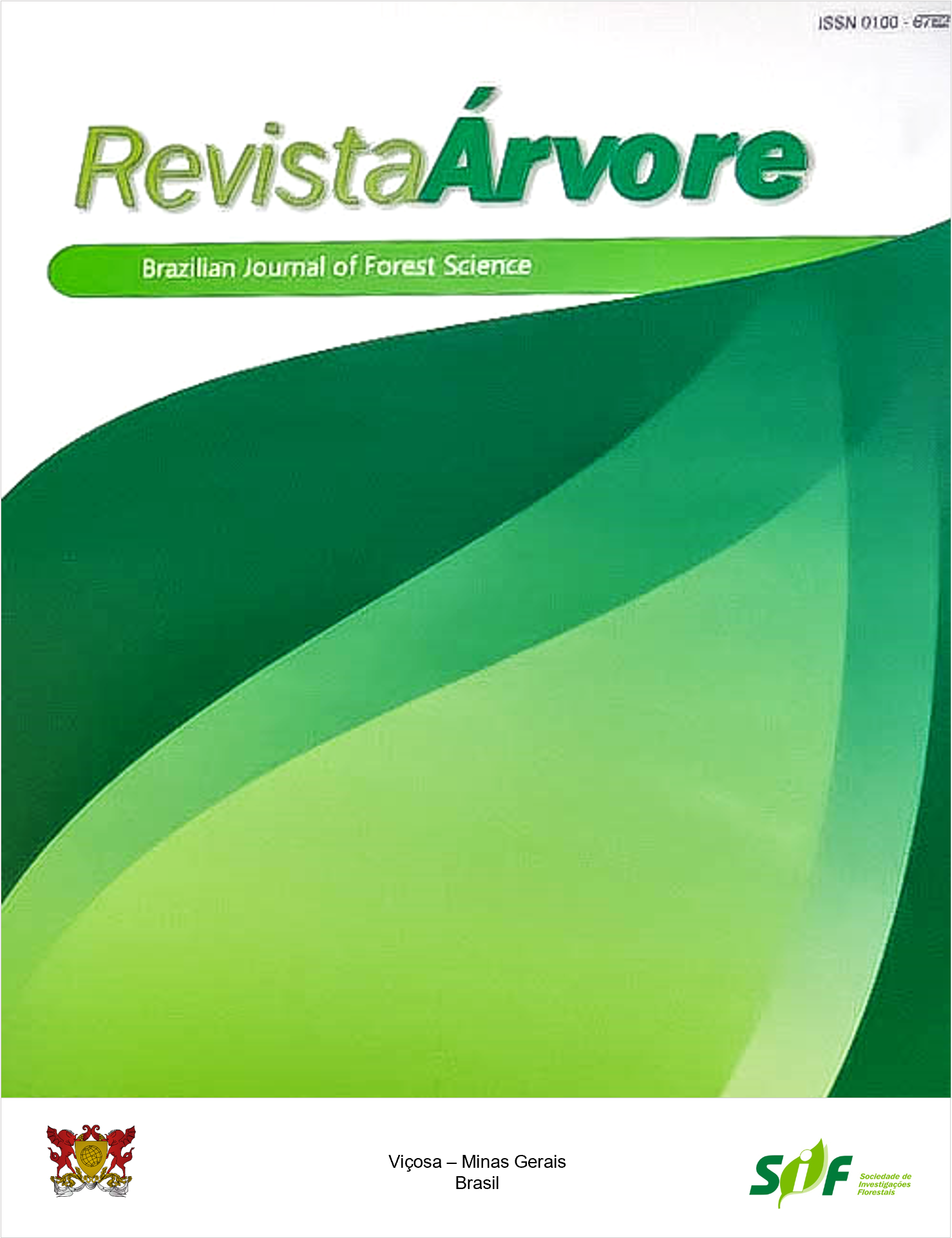UNDERSTANDING THE DYNAMICS OF THE BRAZILIAN MARKET FOR NATIVE FOREST WOOD: A CASE STUDY FOR MINAS GERAIS STATE, BRAZIL
Keywords:
Brazilian wood market, Tropical forest, Spatial statisticsAbstract
Understanding the Brazilian market for native wood helps forest managers and can guide conservation policies. This study aimed to evaluate the spatial and temporal distribution of supply and demand of the Brazilian native wood for four products namely, charcoal, roundwood, firewood, and sawn wood. We used the consumed wood volume from 2006 to 2016 in Minas Gerais (MG) tracking its supplier in Brazil accounting for 31 million cubic meters. These data were used as input for calculating mean centers and performing grouping analysis. The wood supply centers for the energy sector in Brazil have moved from Cerrado to the Caatinga biome. This change is consistent with historical patterns of agricultural expansion in Brazil. The largest mesoregions producing wood were: East of Mato Grosso do Sul State, South of Goiás State, and Center-South of Bahia State. The solid wood supply centers have moved from the North to Midwest regions but remained within the Amazon biome for almost all the years. This pattern is likely a consequence of timber regulation practices in the Amazon. The mesoregions: Madeira-Guaporé and East of Rondônia State, Southeast and Northeast of Pará State, and North of Mato Grosso State were the most important suppliers of solid wood to MG. Wood consumption for energy is centered in the Center and North regions of MG State, especially in Sete Lagoas, a hub of pig iron and cement industries. Solid wood products are dispersed in MG State, being Belo Horizonte, Conselheiro Lafaiete, Ubá, and Uberlândia the distribution centers of native wood for the furniture industry within MG. The spatial statistics helped to exploit the activity of the native wood market in Brazil and provides essential information for decision-makers that was not previously available.
Keywords: Brazilian wood market; Tropical forest; Spatial statistics
Downloads
Published
How to Cite
Issue
Section
License
Copyright (c) 2021 Revista Árvore

This work is licensed under a Creative Commons Attribution 4.0 International License.
All authors agreed to submit the work to Revista Árvore and granted the exclusive license to publish the article. The authors affirm that it is an original work and has not been previously published elsewhere. The scientific content and opinions expressed in the article are the sole responsibility of the authors and reflect their opinions, not necessarily representing the opinions of the editorial board of Revista Árvore or of the Society of Forest Investigations (SIF).




